Today we’ve got a guest post from one of our lovely readers, Victoria, whose son Max suffered from plagiocephaly. Victoria isn’t a healthcare professional, but she is a mum who had been through it, and as there’s very little information out there on the internet about plagiocephaly (or ‘flat head syndrome’), hers is a story which might be of use to new mums.
Plagiocephaly is the flattening of the back of a baby’s skull caused by pressure on the head. As a baby’s skull is soft (so you can get it out!) and the plates are not fused, the head can become flat. It is reasonably common as newborns (hopefully) tend to spend quite a lot of time asleep and since the ‘safe to sleep’ campaign to reduce the risk of SIDS, there is pressure on the back of their heads.
At 3 months old we noticed our new baby Max was developing a flat area to the back of his (otherwise faultless!) head. Our first son has a perfectly round head, although a good sleeper he wasn’t in the same league sleep-wise as Max who slept through the night from 10 weeks (not bragging, and don’t ask how, I’ve no idea!) which was the main contributing factor in our case to him developing plagiocephaly.
I feel a bit guilty for worrying and trying to correct something which is purely cosmetic in my baby, especially when you read such sad stories of poorly children. But, as a parent, you want the very best for your child and you want them to be perfect – whatever “perfection” may be. The thought of him being teased at school chilled my bones and so in mid-July I took Max to our health visitor. We were referred (by choice) to the paediatric physiotherapist and went along to a drop-in clinic at the start of August (only two weeks wait – well done NHS).
The only health concern with plagiocephaly is that tightening in the neck can occur, this is called torticollis. The lovely physio checked Max over, looked at his spine and positioning and confirmed that he had plagiocephaly but importantly he didn’t show a head turning preference.
In this country there is little “treatment” but in America, particularly, helmets are commonplace. Babies wear them for 23 out of 24 hours for as long as 6 months and can become very distressed. My husband and I agreed we didn’t want to put Max through that.
The best way to help resolve plagiocephaly is to encourage your baby to get off the back of their head – teaching them to roll and lots and lots of tummy time. Max was unimpressed by this initially but soon loved it, as did his big brother “helping”. We did a lot of floor play and he learnt to roll from his back to his tummy quickly. When he was asleep, on advice from the physio, we positioned his head to either side, alternating each time. He still sleeps like a dream but moves more and so we are noticing his head reshaping and becoming rounder – hurrah!
If I ever persuaded my husband to have a third baby (!) we’d ensure we did loads more tummy time with them from day one and positioned the head whilst sleeping to try and prevent plagiocephaly.
Have you ever heard of plagiocephaly, or had any experience of it?
What do you think of the very different approach that the Americans take?
Image by Anna Hardy


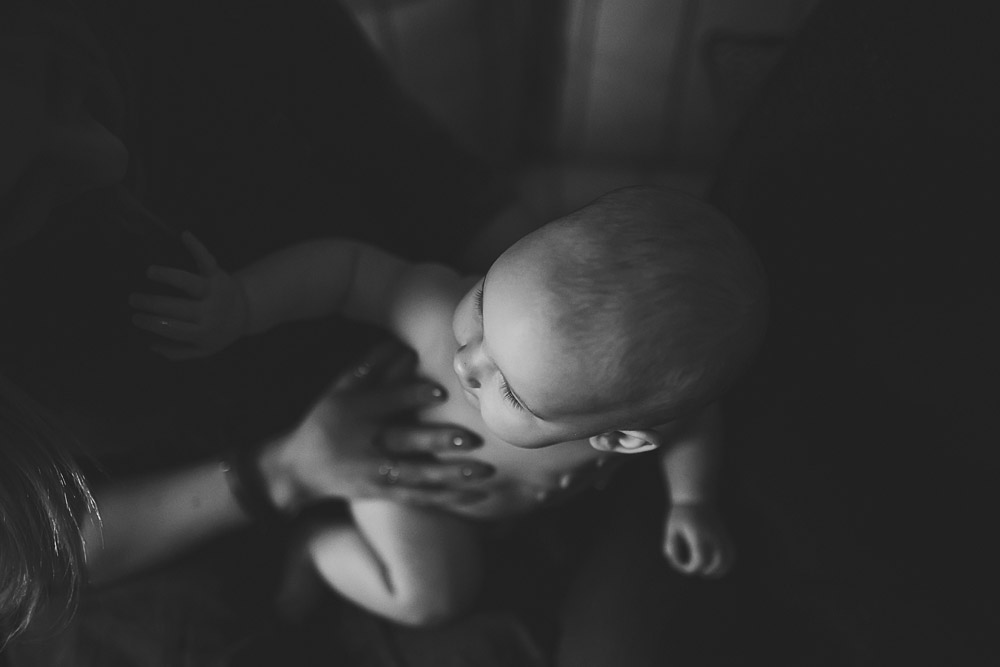

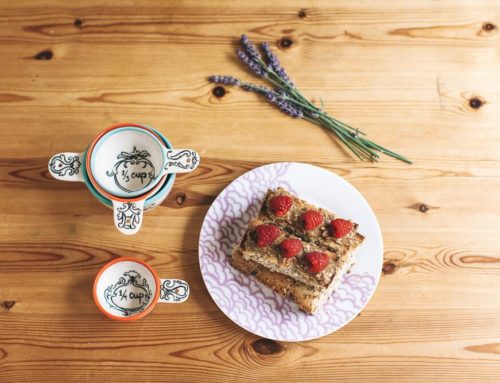

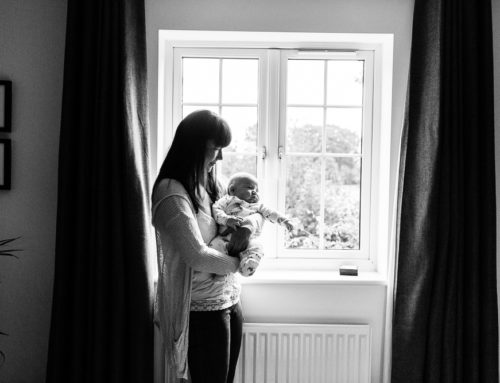

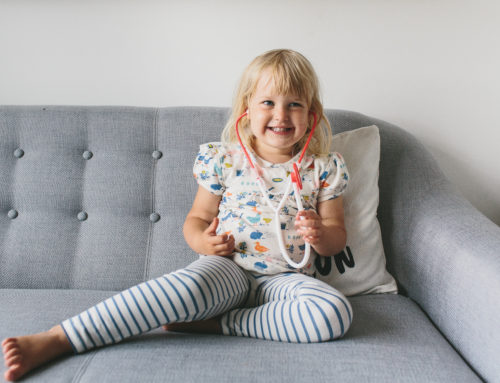
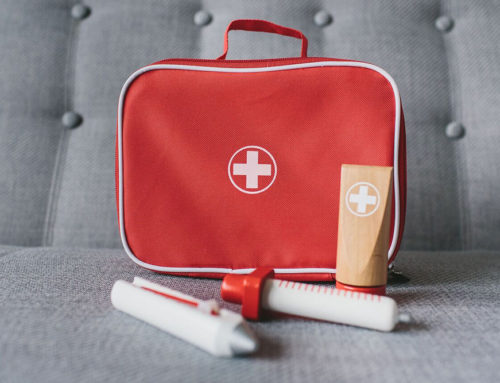


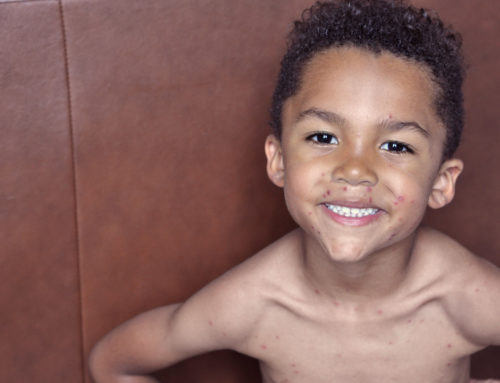
My son could only turn his head to one side from birth. This soon resulted in a flat head on that side. After reading about cranial osteopathy (I think on this site) and how it could help with crying, sleeplessness and other issues we decided to give it a go at 10 weeks. The doctor said we could get a helmet privately but advised against it. We had very little support from the NHS so paid privately for the osteopath. Increased tummy time was out of the issue as he screamed every time he was moved from his favoured side.
After 6 months of osteopathy his flat head had disappeared and he had full mobility in his neck. I don’t know if he would have ‘grown out of it ‘ regardless but I didn’t want to take the chance.
I’ve heard great things about cranial osteopathy – brilliant that it worked well for you. It’s a shame you didn’t get the support you needed from the NHS but glad you got him sorted x
My son was born with severe torticollis due to being about 6ft in utero and lying transverse. He favoured his left side no matter what we tried (physio, osteopath, stretching) and developed severe positional plagiocephaly as a result.
Two months of repositioning, tummy time, never really being put down to lie flat (as suggested by all the NHS medical professionals) having been told that it would “improve on its own” and at 5 months it has got immeasurably worse, so much so that his ears were completely out of alignment and he’d never be able to wear normal glasses or a standard cycle helmet.
After hours of research and seeking out others who’d had the same issue, we took him to see a cranial tenchician to discuss a helmet, with my very skeptical mother in tow. We left the appointment (having met other families there who had seen incredible results, showing us first hand) and paid the deposit for a helmet. He gets it next week.
I’m feeling so many conflicting emotions but I’m comfortable and confident in our decision. I’m hoping it’ll be a short term fix for a long term result but it’s the journey we’ve decided to take. Amazing news that the original poster had results with repositioning, I’m sad it didn’t work for us… but I’m hoping that in a few months time I’ll be able to kiss his perfectly round little head and know I made the right choice by him x
You have to make the right decision for you as a family. Good luck with it and hope you get the results you want for your little boy.
Good luck with the helmet, it was the best decision for us. Our family were supportive but we did get comments from the general public. Just know that you have to go with your gut. Xx
Thanks Nicola! It’s such an emotional decision… I’m (perhaps stupidly) worried about the comments and stares from the general public but I’m hoping his smiley little face will help! His big sister is primed and ready to fend off any questions and stares too. Did you use Technology in Motion? X
Yes we did! We had to drive to Bristol from south Devon so it was big investment both time and money! I actually didn’t mind people asking about the helmet, it was the stares that annoyed me! If it’s any help my little boy was fine in the helmet x
Good luck with this Olivia. You’re just doing the best for your little boy! Sounds like his smiles will distract any starers. And bless his big sister. xx
Our son had torticollis and had a very prominent flat spot on his head. We had very little support from the NHS who basically said it’ll get better on its own.
After lots of soul searching we paid privately for the helmet therapy and also for sessions with an osteopath. It wasn’t a decision we took lightly and there was a lot of tears about it. My little boy took to the helmet straight away and we had very few problems. The helmet worked wonders and now I don’t think anyone would know his head was so flat.
Personally I think the NHS should be doing more to support this, both my husband and I are teachers so we were very aware of how mean children can be even without realising and my initial concerns were brushed aside meaning that the helmet may not have been needed. (By the way I MASSIVELY respect the NHS but this is one area I felt let down)
We have just had our second child and we have booked in an osteopath session to check her over so we don’t have the same situation hopefully!
I’m sorry you feel let down by the nhs with this. I guess it differs across the country, we were lucky that they helped us out and it has improved (although not completely) with tummy time and repositioning. I would definitely suggest doing sleep repositioning with a new baby (after checking with your Hv) to prevent plagiocephaly.
Our 6 months old daughter have just been diagnosed with positional plagiocephaly. The consultant reassured me that it would improve on its own even though it might take a couple of years. I left the appt feeling reassured but having just read this and the comments, I’m starting to feel doubtful now. Be following this thread with interest.
Hi Rebecca! There’s a really great group on Facebook that I found so helpful, it’s called “plagiocephaly advice/support uk” There are a lot of different stories, outcomes, and photos. It’s so tricky when the NHS just don’t support helmet therapy but the proof (I found) is in the photos and the success stories I’ve found elsewhere x
Children’s heads continue to grow and change shape until they’re about 5, and the experts in this country do say that the vast majority of cases will get better in time.
For us, we didn’t want to go down the helmet route as for us the negatives outweighed any positives, and we took advice from the paediatric physio and other experts.
All I can suggest is you look into all the options and make your own decision based on your research and experts’ opinions. For me, the consultant’s view counts for a lot. Good luck!
Hi Nicola, Please don’t say that the negatives outweigh the positives until you have actually experienced it. My little chap had absolutely no negative side effects (as many don’t) and I really wouldn’t like others to be put off by things from people without first hand experience. Everyone needs to make their own informed decisions x
Hi, my son, now 5 had plagiocephaly, we decided after much agonising to go down the helmet route. Initially we were very sceptical, particularly as our close friends who are GP’s refused to recognise that there was an issue. We were told by numerous NHS professionals that it would correct itself, however as a teacher of young children, I have noticed many children who clearly have plagiocephaly and brachycephaly and questioned why theirs hadn’t self corrected. However, It was the best decision we made, my son had to wear it during the time that he was learning to crawl and walk and it doubled as a wonderful crash helmet! We did have lots of questions from people but they were usually very positive. After a while you forget that they are wearing it and only ever see their beautiful little face. Good luck to you all, I know exactly what you are going through, we all only want the best for our babies X